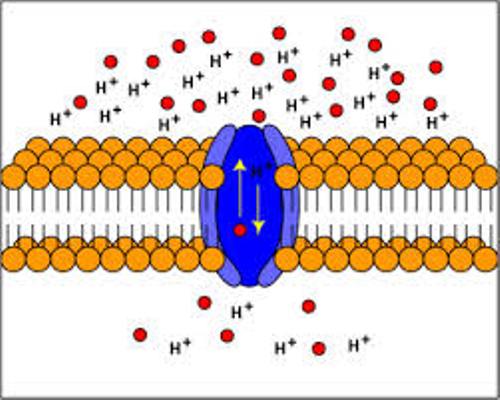10 Facts about Active Transport
If you like to read any topics about biology, you have to check out Facts about Active Transport. Have you ever heard about active transport before? This term is used to explain the moving processes of materials on the membranes and cells. By having the active transport, we can get energy. Get more active transport facts by reading the following post below:
Facts about Active Transport 1: the type of active transport
The active transport is divided in three types. Those are Endocytosis, Exocytosis and Sodium-Potassium pump.
Facts about Active Transport 2: The Sodium-Potassium Pump
The Sodium-Potassium Pump deals with the active transport of sodium and potassium inside and outside the cells. The transport of sodium and potassium is very significant to the body because it is used to maintain the homeostasis in the cells.
Facts about Active Transport 3: process
The process of sodium and potassium pump is a bit complicated to explain. A molecule of ATP gives the energy to pump. The sodium and potassium can come in or out of our cells. The pump can change its shape due to the presence of ATP.
Facts about Active Transport 4: Endocytosis
The active transport of large particles in or out of the cells can be done with Endocytosis. The largest particles can be deposited inside the cells through Endocytosis
Facts about Active Transport 5: the largest particles
The example of the large particles that can be stored inside the cell includes glucose. This process is very important to break the bacteria and viruses inside lysosomes by white blood cells.
Facts about Active Transport 6: categories of endocytosis
Endocytosis is divided in two categories. The first is one is called Phagocytosis. The main function is to transport the largest particles or solids into the cells. The second one is Pinocytosis. It is used to transport liquids into the cells.
Facts about Active Transport 7: Exocytosis
Exocytosis has the opposite direction with Endocytosis. It transports the substance or particles inside cells to the outside.
Facts about Active Transport 8: high concentration of molecules
When you do an observation of active transport, it usually involves with the accumulation of high concentrations of molecules. The cells can collect amino acids, glucose or even ions from the active transport.
Facts about Active Transport 9: the primary active transport
The primary active transport deals with the usage of chemical energy. The main examples are the energy of ATP or from adenosine triphosphate.
Facts about Active Transport 10: the secondary active transport
The usage of electrochemical gradient can be found in the secondary active transport.
Do you want to comment on facts about active transport?







